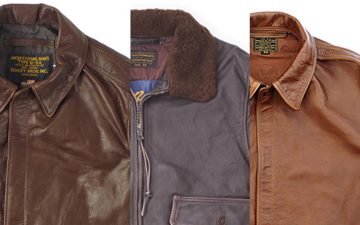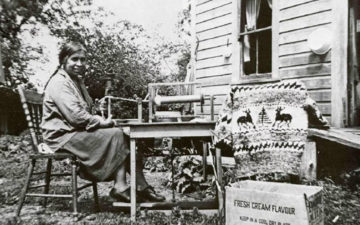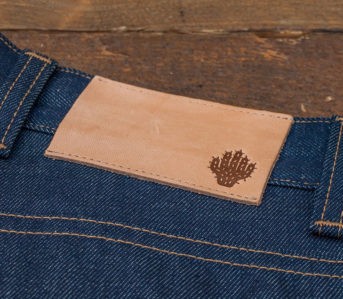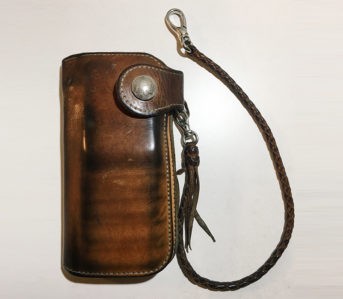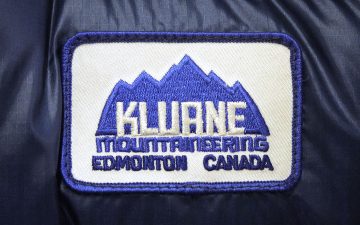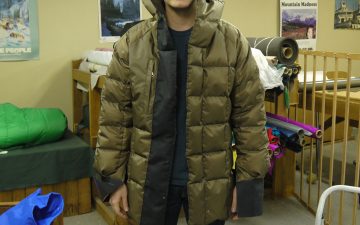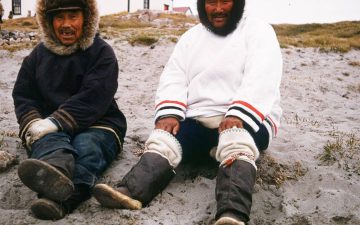When it comes to insulation, it’s hard to beat down-filled garments. They are like a suit of armor against cold weather but still soft, lightweight, and breathable. These qualities make down jackets such a staple in the winter months – but have you ever wondered about the numbers used to measure the fill of a down jacket? What does 700-fill really mean?
The measuring system for the power of down-fill can make it tricky to know what jacket is best for you, or what you’re even investing your money in. For this very reason, we’re taking a closer look at down-fill, and outlining how the measuring system works.
What is Down?
Down is the ultra-fine feathers from the ‘plumage’ of a bird–the soft, fluffy undercoat, found beneath the external coat of feathers. Down is typically harvested from ducks or geese, simply referred to as duckdown, or goosedown, but more luxurious variants are available such as Eiderdown, which is sourced from the Common eider.
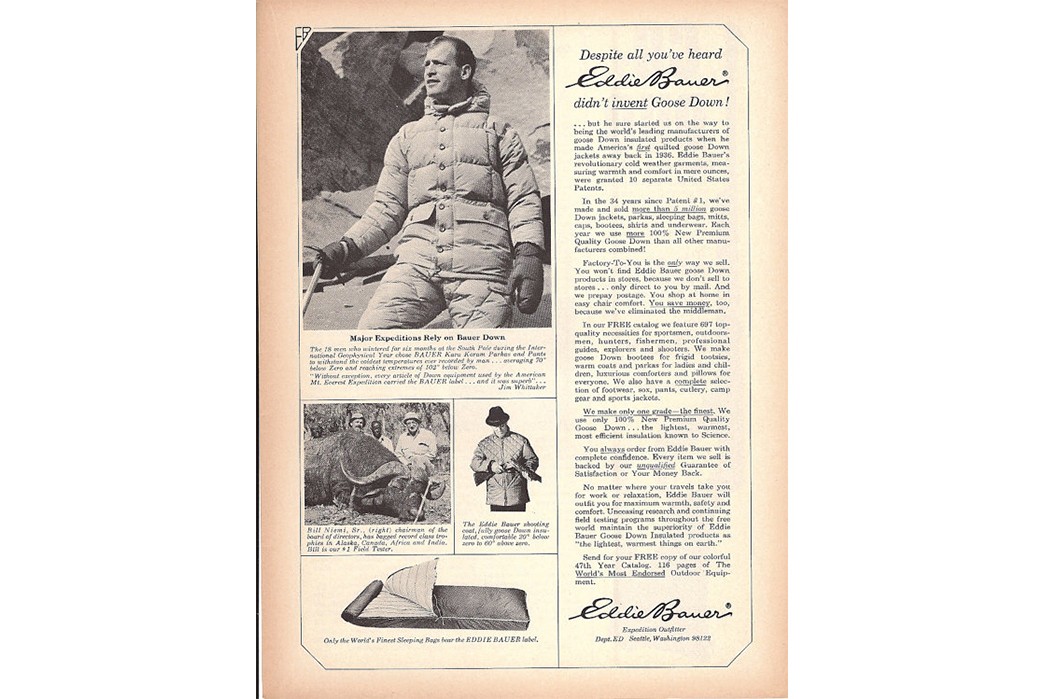
Vintage down garment ad from Eddie Bauer.
Down is used to fill jackets, coats, overshirts, and even sleeping bags. In garments, multiple quilted channels are filled with down-feathers to achieve even insulation throughout.
The Pros of Down
There’s no doubt that Downs main selling point is its high level of insulation. Just like feather or fur, down utilizes an animal’s mechanism of keeping warm and regulating temperatures during the harshest of weather conditions. Down feathers are tightly packed into clusters before filling. This process creates a vast network of tiny overlapping fibers that traps pockets of air, thus conserving heat and acting as a barrier against penetrative cold winds.
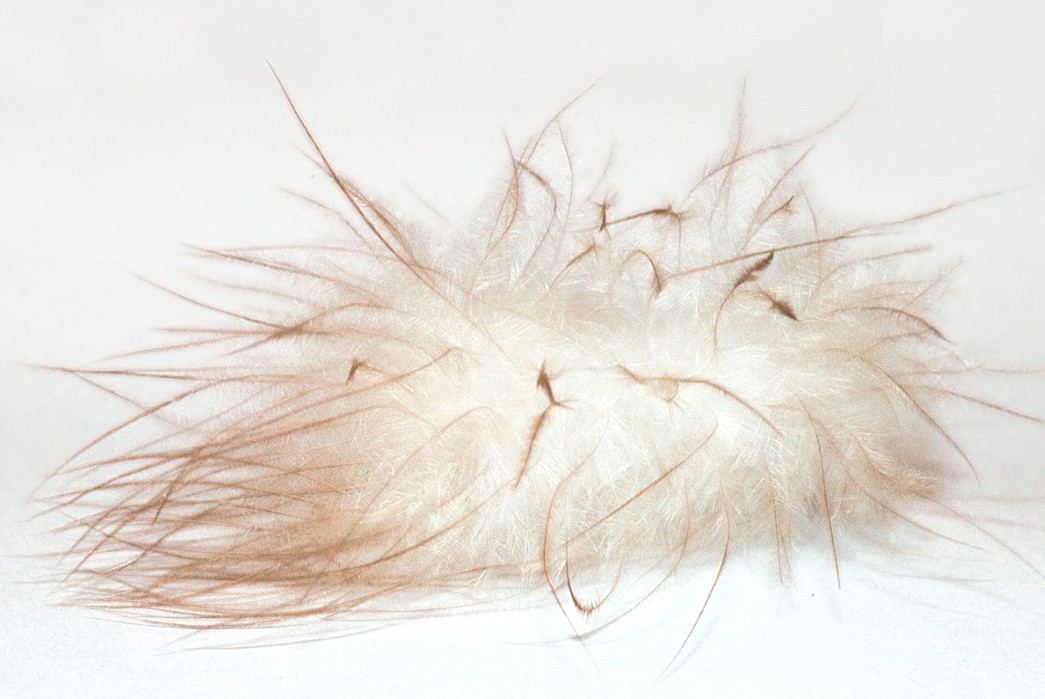
Image via Wikipedia
As well as their insulative properties, Down-filled garments can be super lightweight, making them less cumbersome and easy to pack down for storage, depending on the fill (we’ll get to that later).
The Cons of Down
Consumers are becoming more ethically and environmentally conscious everyday. And with the vegan and vegetarian movements growing steadily, the sourcing of animal products, like down, are under constant scrutiny. And for good reason, a proportion of down feathers are plucked from live birds, a method considered inhumane by many animal welfare groups.
Many brands, including The North Face, Patagonia, and IKEA, have been proactive in eradicating the use of live-plucked Down in their products. The North Face even created the Responsible Down Standard – a set of guidelines which can be used by any brand to ensure their Down has been sourced responsibly.
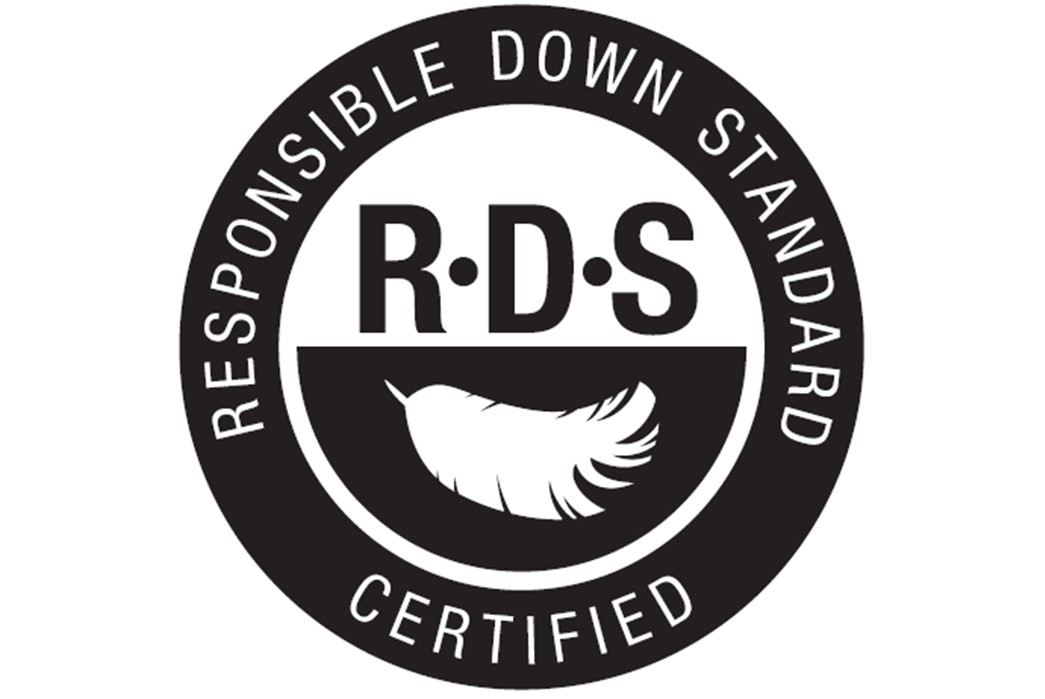
Image via Mountain Designs
What is Fill Power?
The fill power of a Down-filled garment refers to how insulating the down is. This is measured by numbers in their hundreds, e.g. 500-fill, with the highest available fill power being 900-fill.
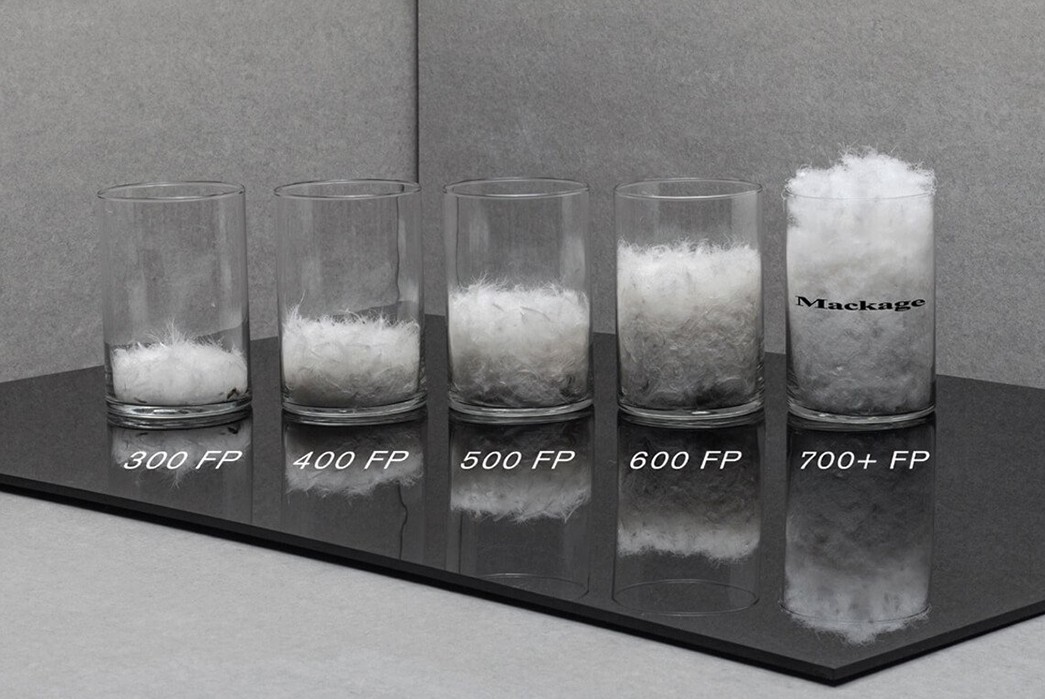
Higher fill powers mean that the down can trap more air and has a higher insulation value. Fill power measurements are calculated with multiple conditioning experiments using a 1-ounce sample of the down.
What is Fill Weight?
While fill power indicates quality – fill weight refers to the mass/quantity of the down used. This is highly important, as the fill weight actually plays a big part in contributing to the overall warmth of the down garment.
For example, a 10-ounce/ 500-fill jacket, can be just as warm as a 700-fill jacket that is lighter in fill-weight -simply because a higher quantity and mass of the less-insulative 500-fill was used.
Fill-weight will also have an impact on the firmness of the garment. If a jacket has a higher fill-weight, it will most likely be much puffier and firm to the touch, and vice-versa.
Brands to Look at for Down-Filled Garments
Many different makers have tried their hands at down insulation. Here are some of our favorite makers that specialize in down garments:
Examples of Down Filled Products
Crescent Down Works Classico Down Parka
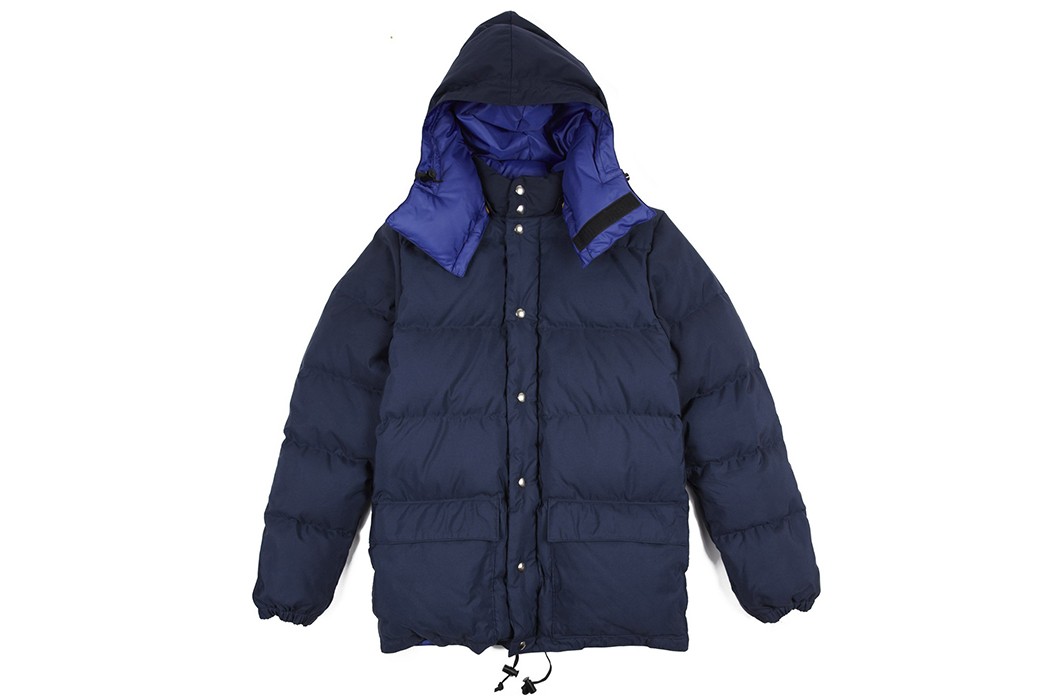
Crescent Down works has been making down-filled goods out of Seattle since 1974, and the Classico Down Parka is one of their most timeless pieces. Tough, dependable, and, of course, super warm, the Classico is a winter-ready jacket, constructed from a 60% cotton 40% nylon outer (known simply as ’60/40′), with a full nylon lining that’s filled with 14 ounces of 700-fill white goose down.
As well as a detachable hood, the Classico Down Parka has adjustable draw-cords at the waist and hem that make for easy styling. And with two roomy, down-filled pockets at the front, your hands can be spared if you’ve forgotten (or lost) your gloves.
Available for $687 at Crescent Down Works.
The Real McCoy’s – Joe McCoy Nylon Down Vest
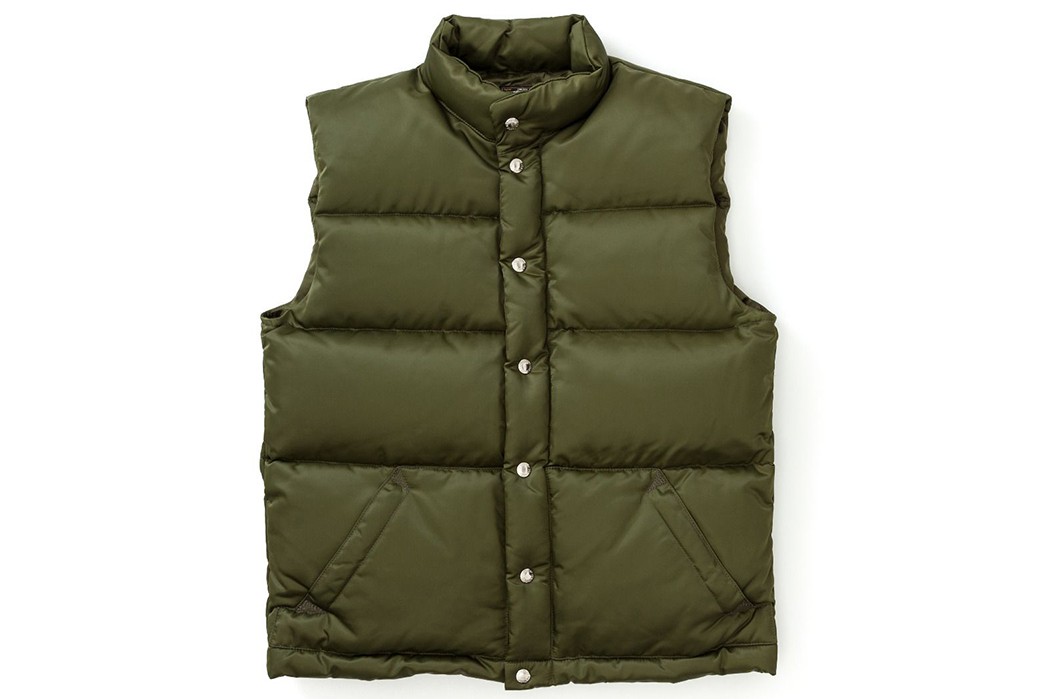
Many Down jackets are made with vintage models as a guideline, but you can always depend on The Real McCoy’s to hit the ball out of the park when it comes to true vintage Americana-style. This down vest from their Joe McCoy line is inspired by vests from the 1960s. It’s built with a sturdy, water-resistant twill nylon 66 and filled with 675-fill power French duck Down. It’s finished with Joe McCoy branded snap-closures and two hand-warming slash pockets.
Available in two understated military colorways – navy and olive – this piece is made in Japan, and available for purchase for $485 from Standard & Strange.

